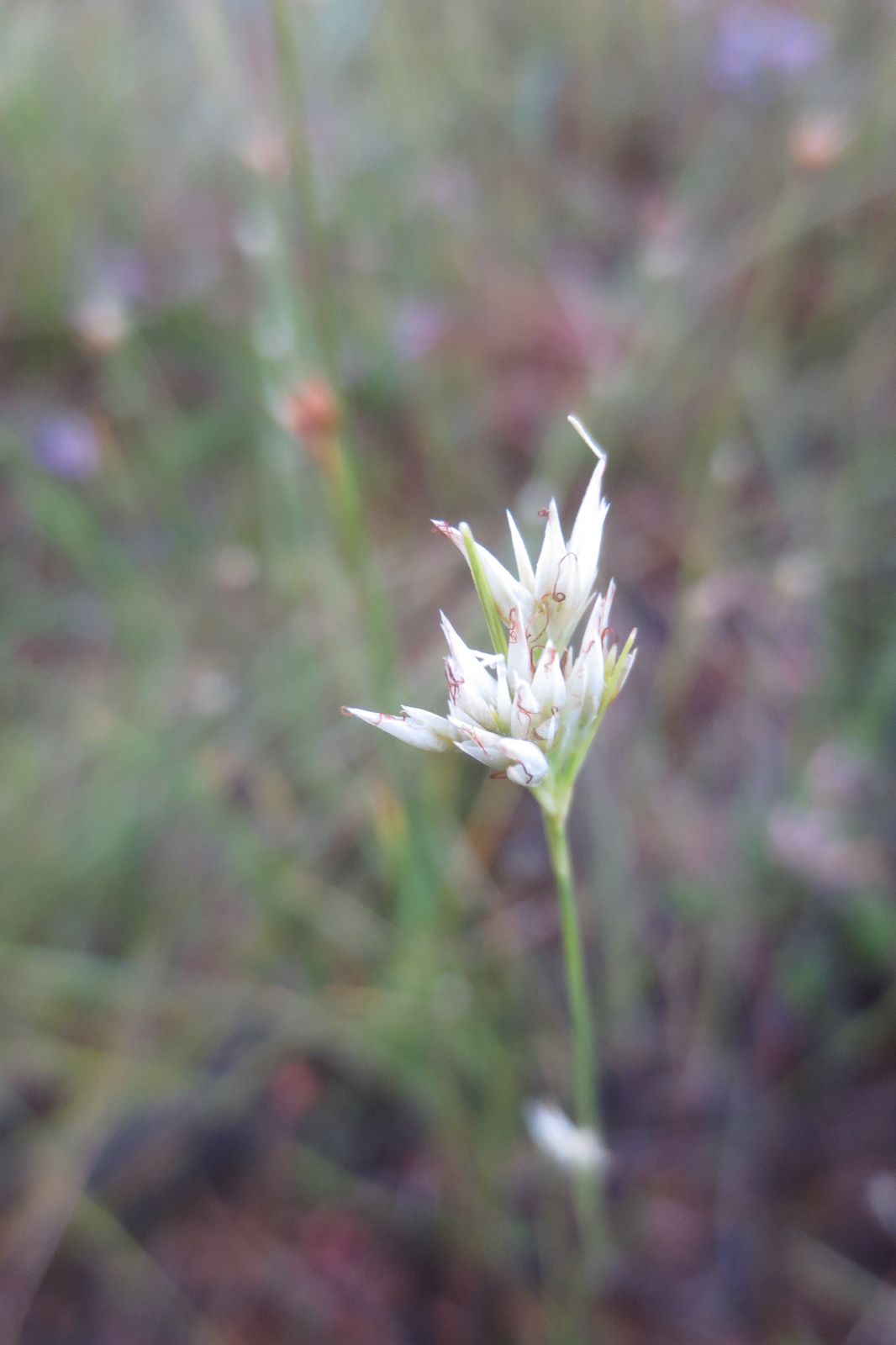It’s time for another chapter in Ice Swimmer’s series Harakka – an Island. Thanks again Ice Swimmer. Now, take us away…
Chapter 5 – On the Way to the Top of the Island
We come back from the shore and take a closer look at the fireweed behind the Artists’ Building, the former laboratory. [Read more…]




























